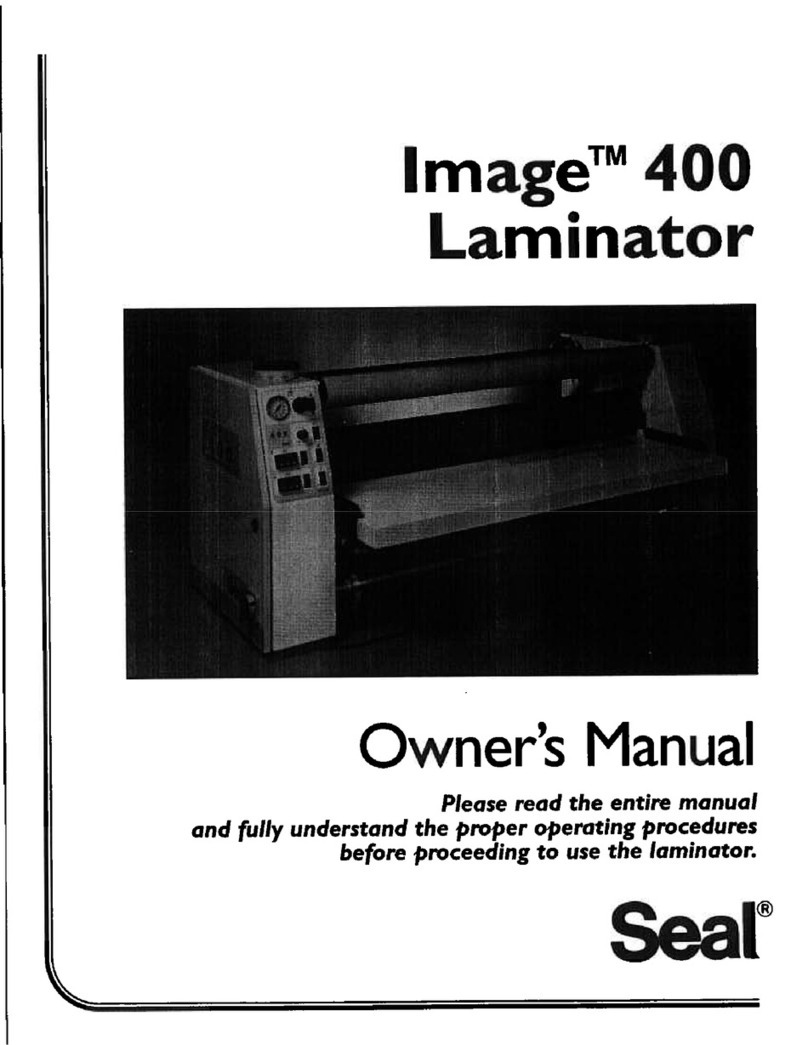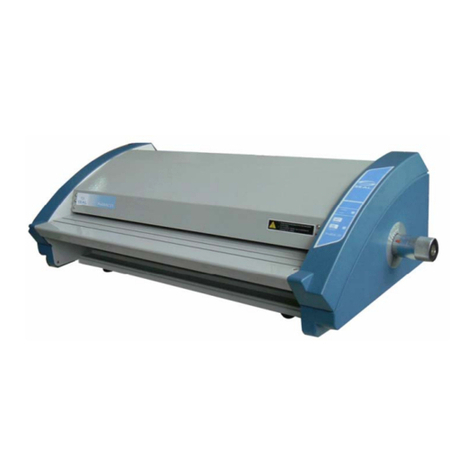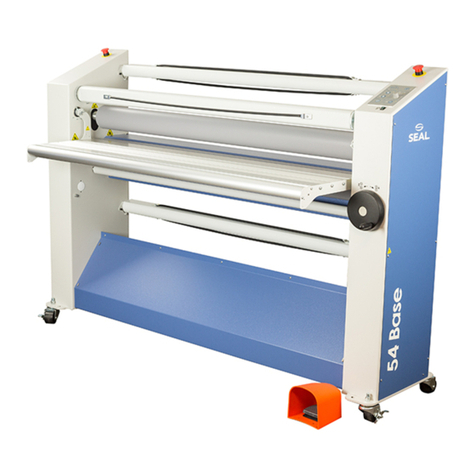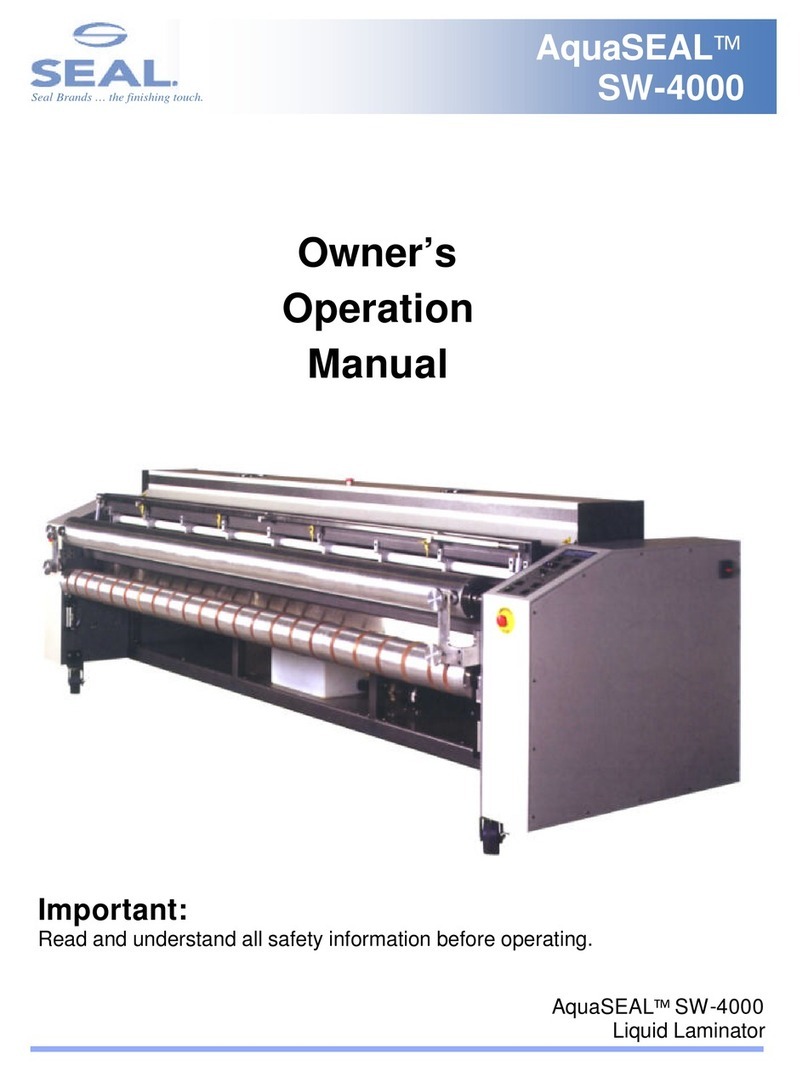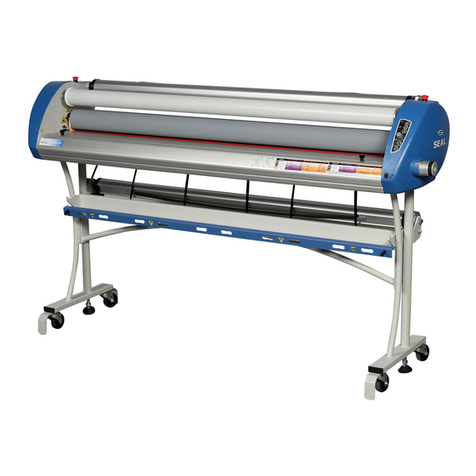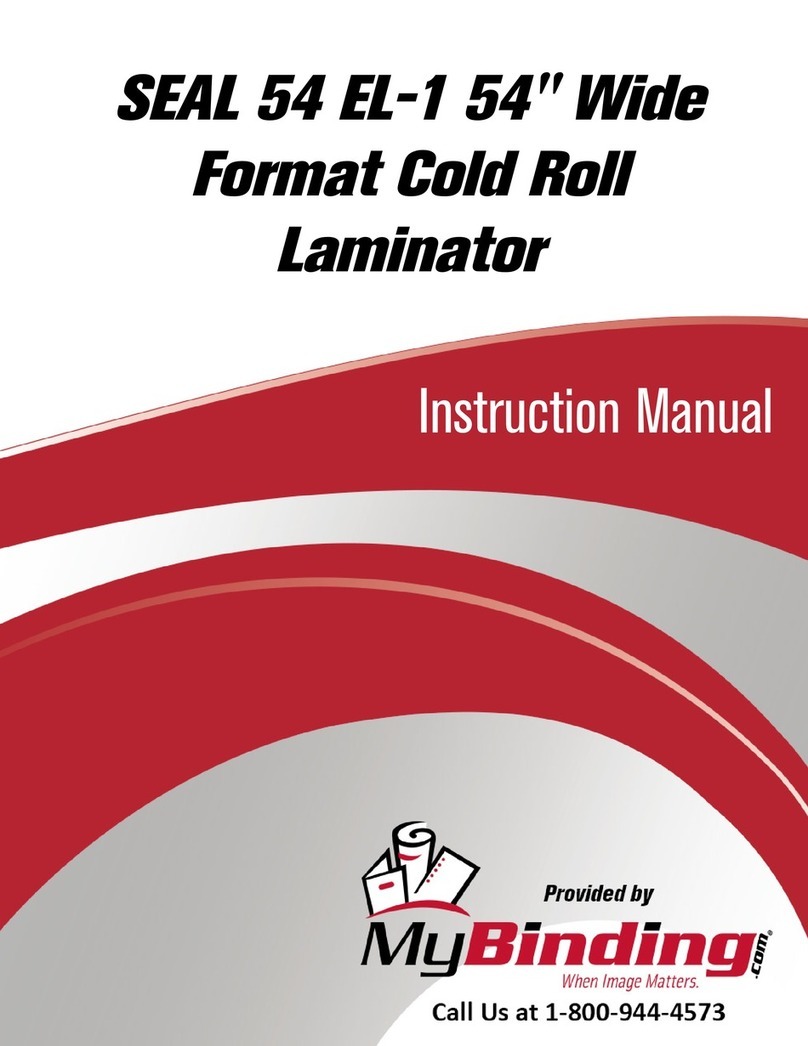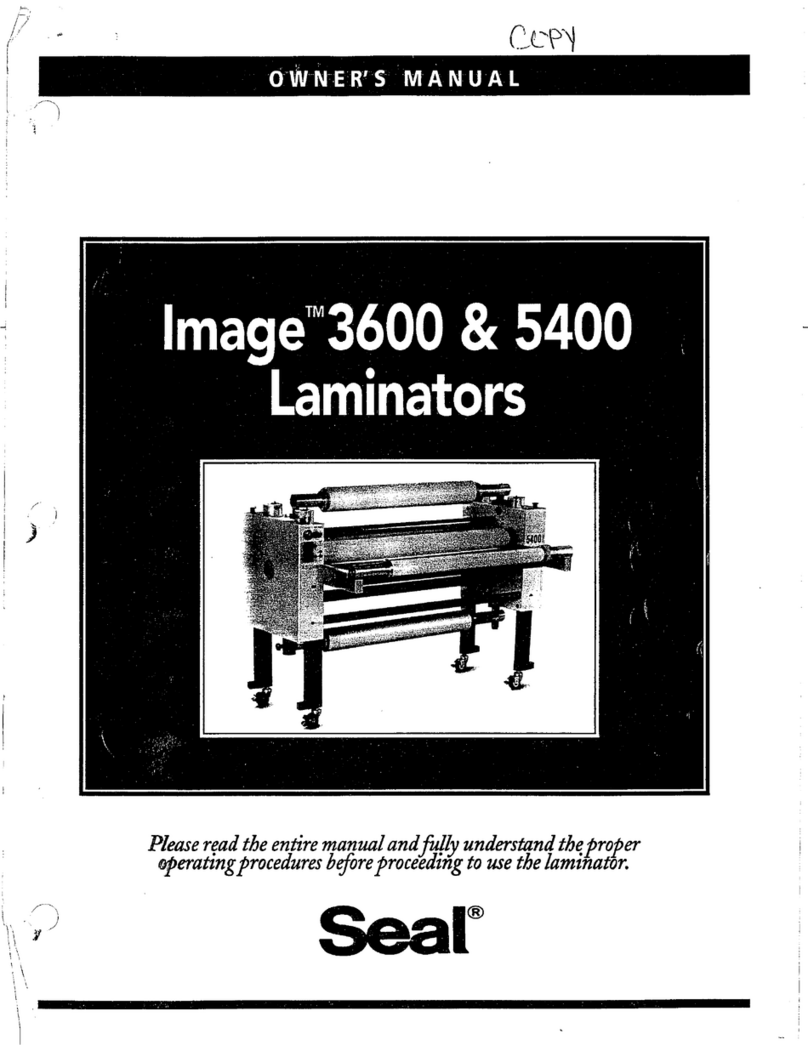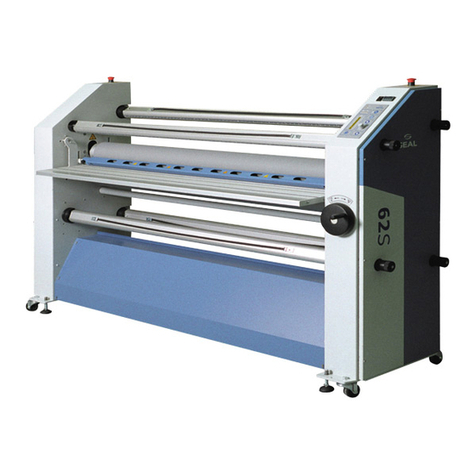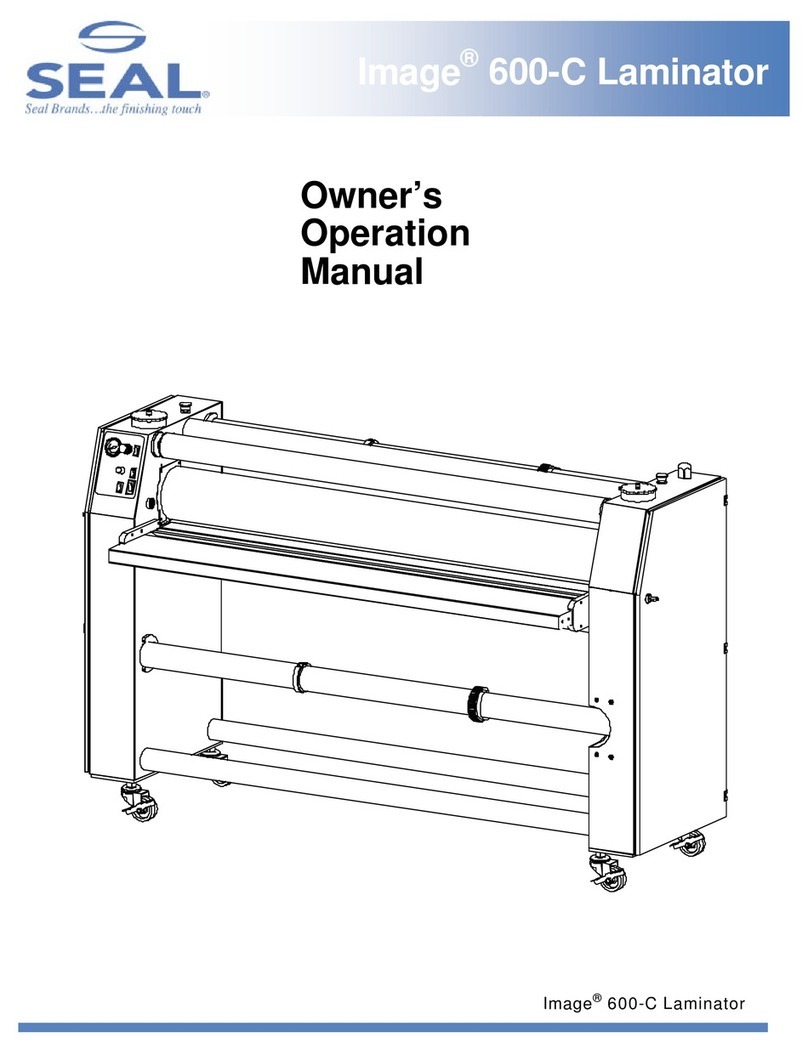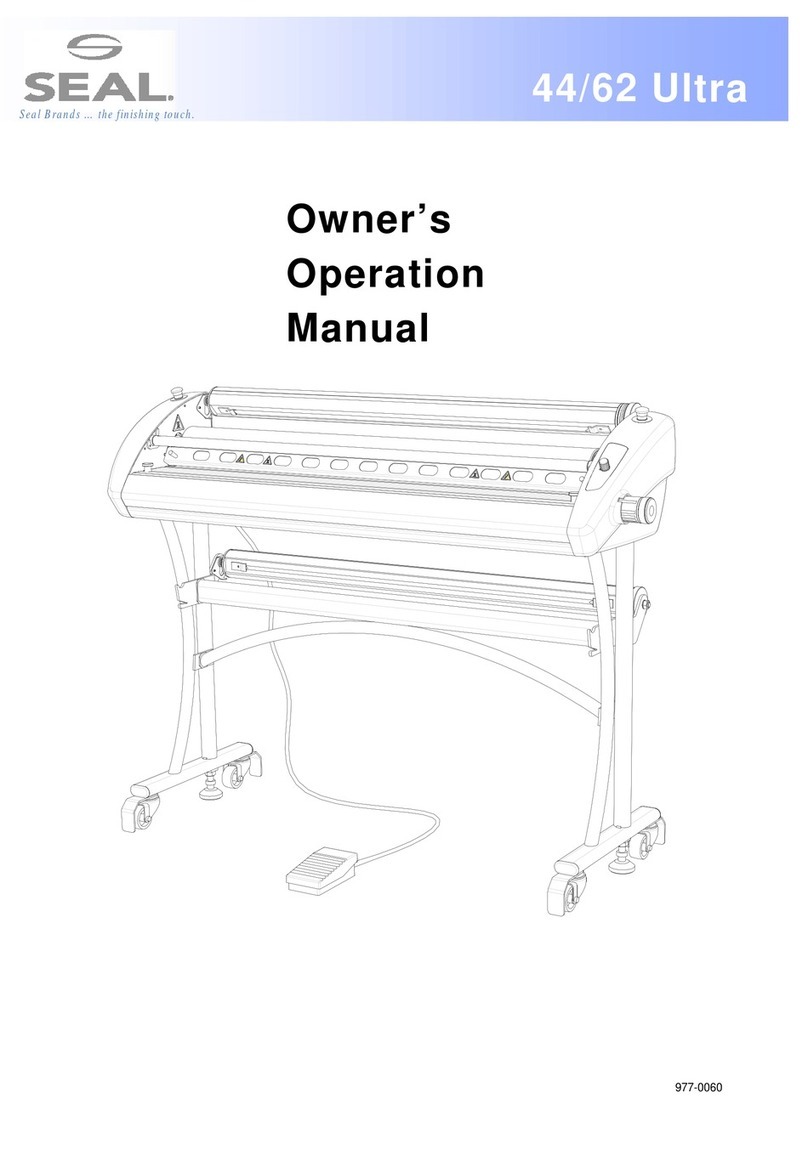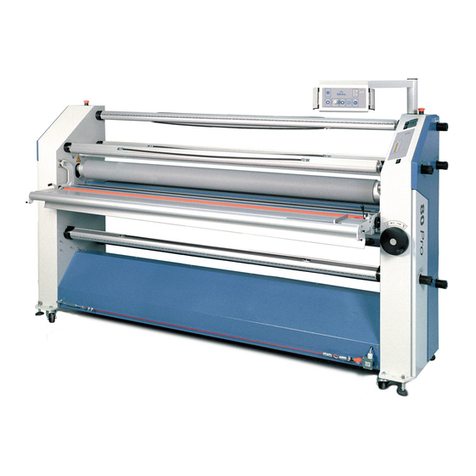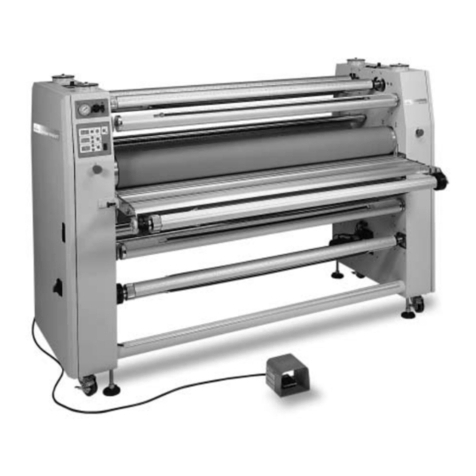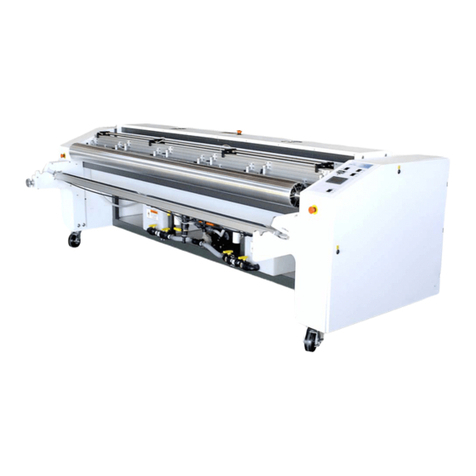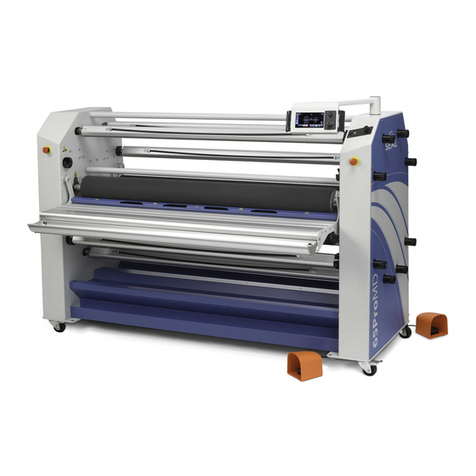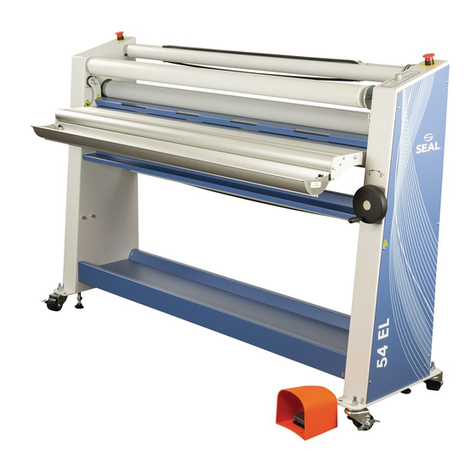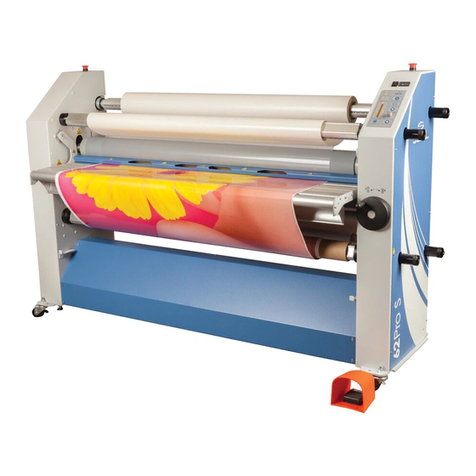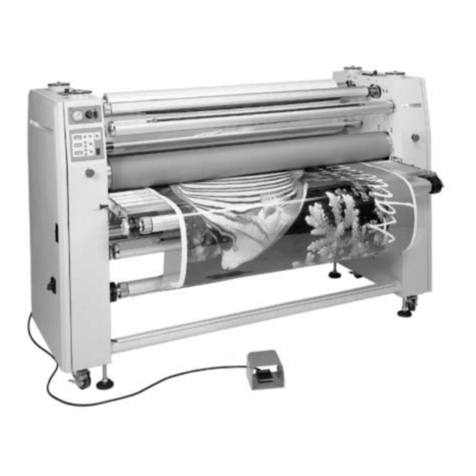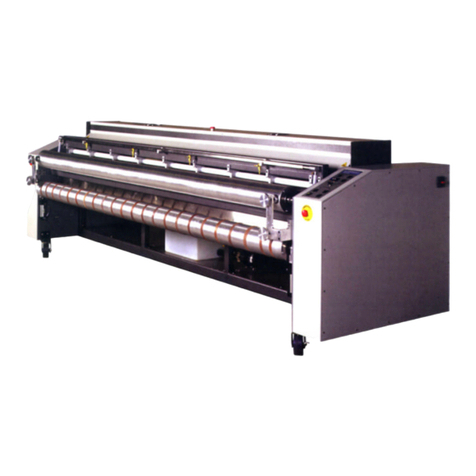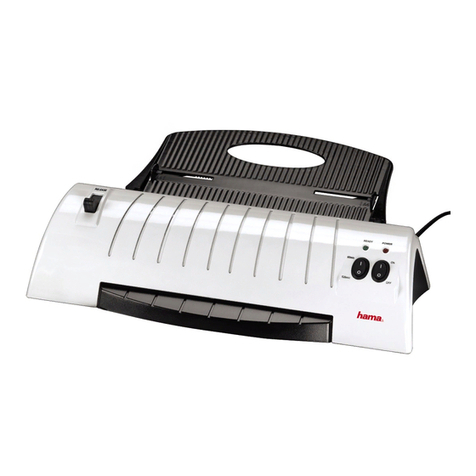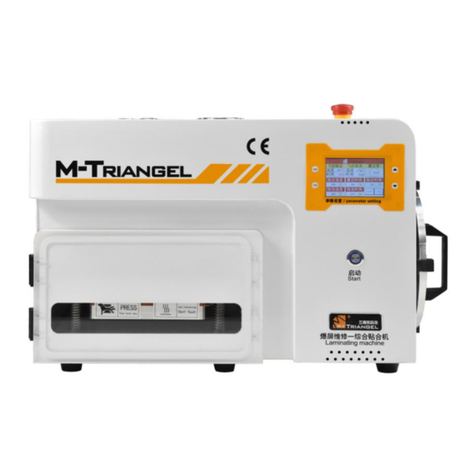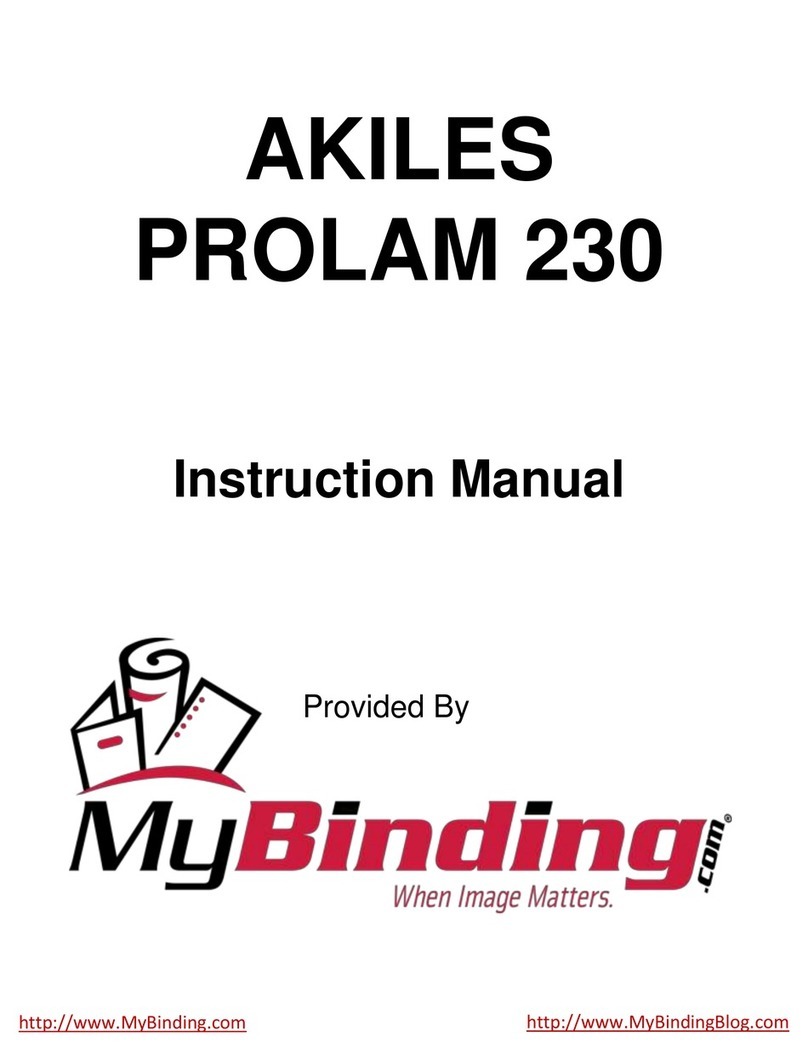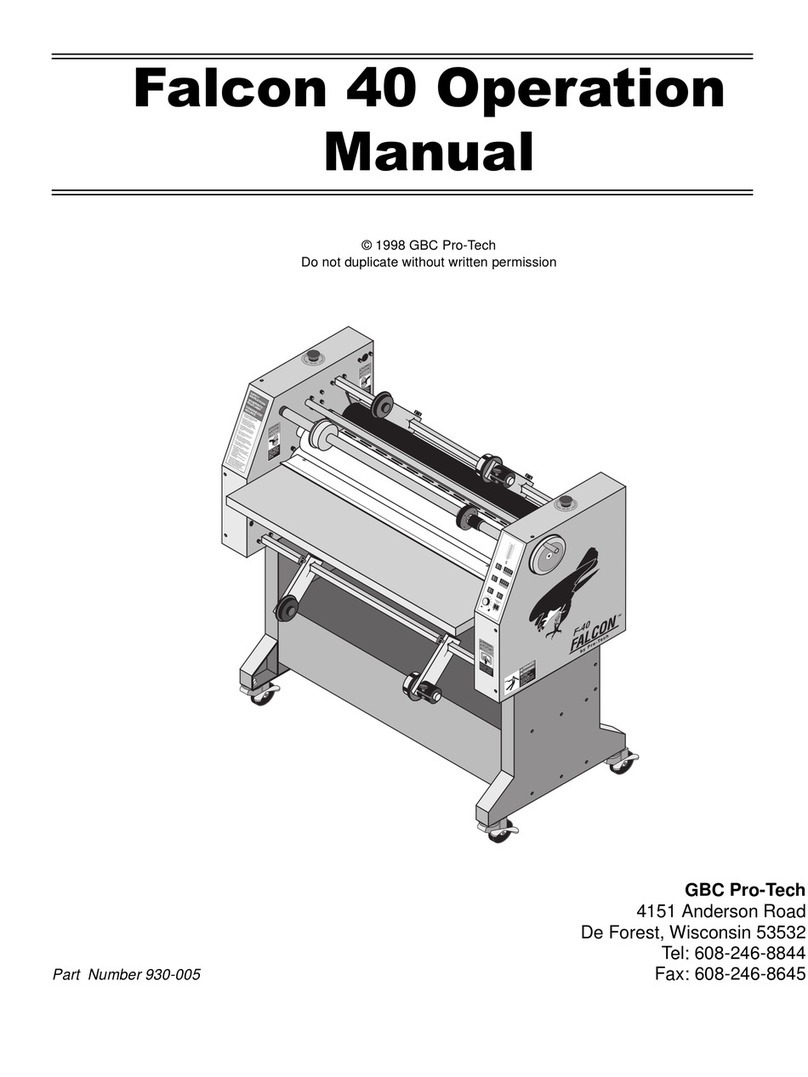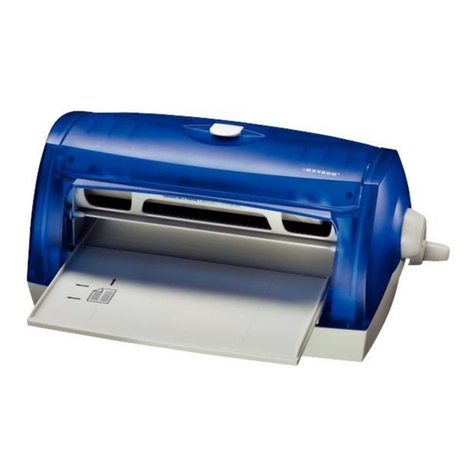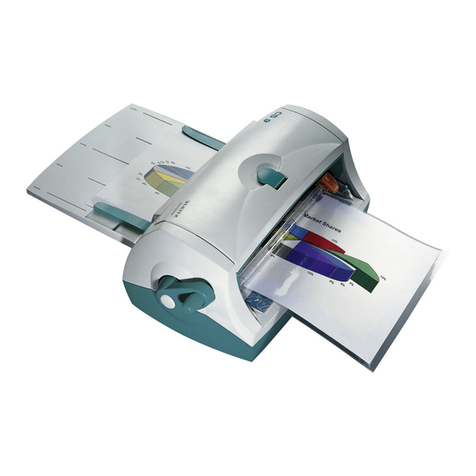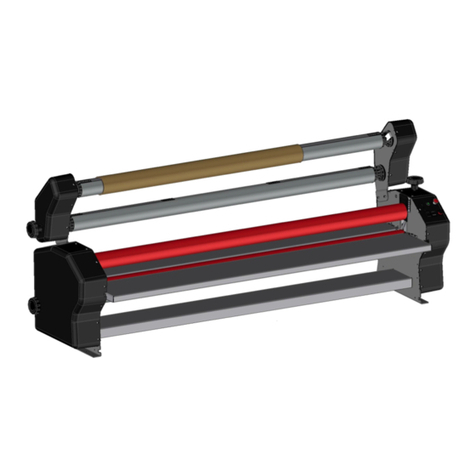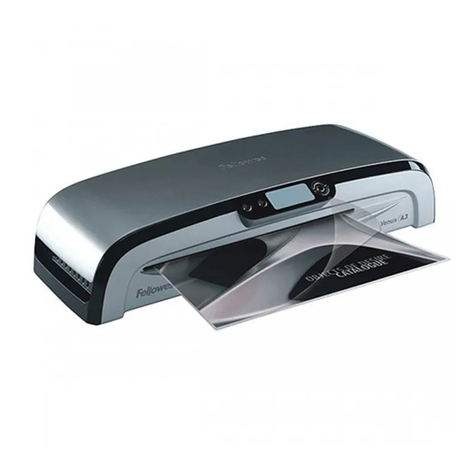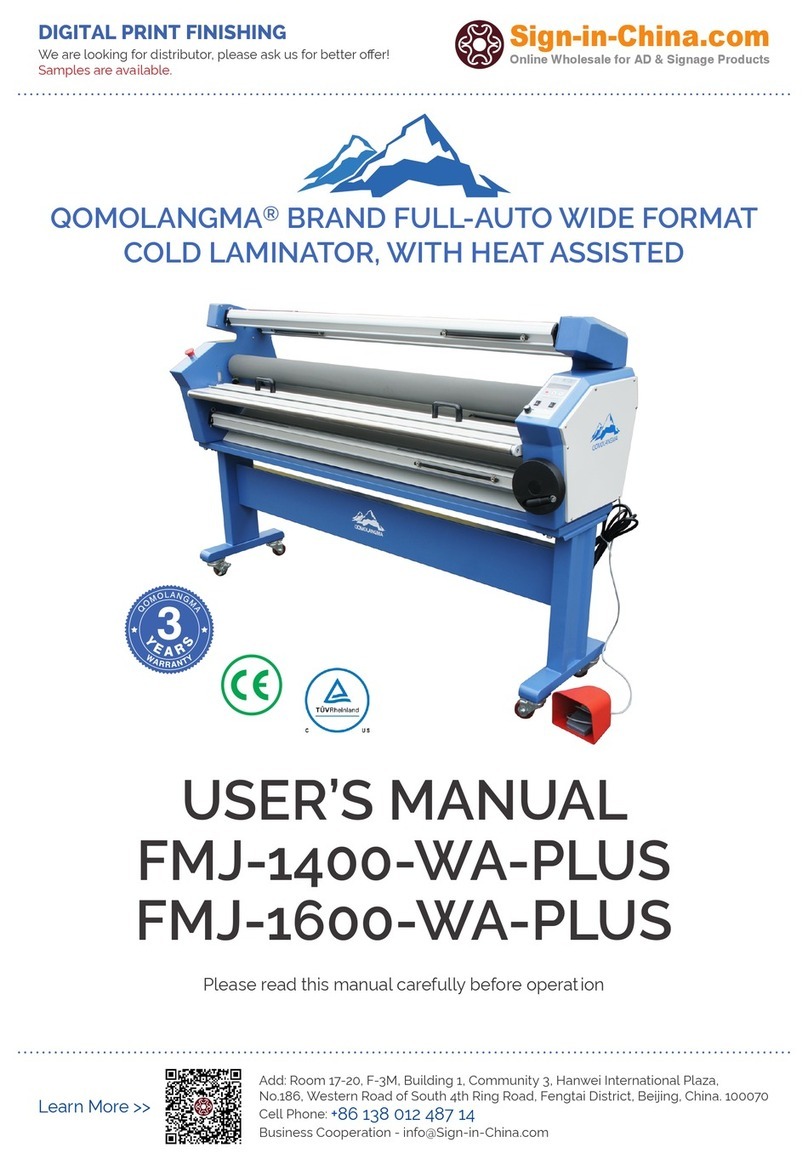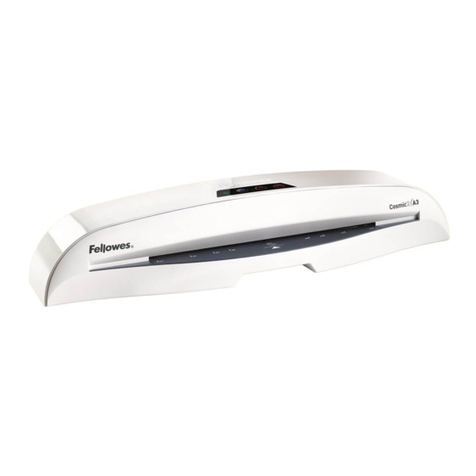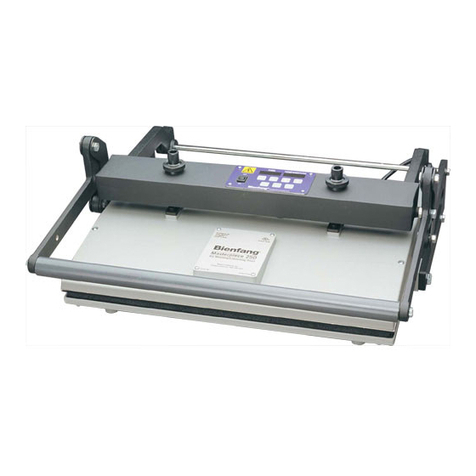
Warranty
SEAL® Graphics warrants to the original consumer purchaser that each new SEAL®Image®Laminator, which
proves defective in materials or workmanship within the applicable warranty period, will be repaired or, at our
option, replaced without charge.
Effective November 1st, 2002 the applicable warranty period for New Equipment shall be one year (parts), six
months (labor and rollers) from date of purchase.
This warranty extends to and is enforceable by only the original consumer purchaser, and only for the period
(during the applicable term), which the product remains in the possession of the original consumer purchaser.
"Original consumer purchaser" means the person who first purchased the product covered by this warranty other
than for purpose of resale. This warranty does not apply if it is found that at any time the equipment has not
been used for its intended purpose.
Effective November 1st, 2002 the applicable warranty period for Refurbished Equipment shall be ninety days
(parts and labor, excluding rollers). Rollers are not covered under warranty. The applicable warranty period for
Demo Equipment shall vary, not exceeding the maximum warranty period stated herein. All Demo Equipment
comes with a specific warranty, which will be stated at the time of purchase. If warranty period is not detailed in
writing, there is no remaining warranty.
Please ask your dealer, distributor, or sales representative for details.
NOTE: Used and Not Refurbished Equipment is sold on an “AS IS” basis with No Warranty.
For more information regarding this warranty, please contact your distributor.
WARNING! Any unauthorized changes or modifications to this unit without our prior written
approval will void the user’s warranty and will transfer health and safety obligations to the user.
WARNING! Changes or modifications to this unit not expressly approved by the party
responsible for compliance could void the user's authority to operate the equipment
NOTE: This equipment has been tested and found to comply with the limits for a class A digital
device, pursuant to part 15 of the FCC rules. These limits are designed to provide reasonable
protection against harmful interference when the equipment is operated in a commercial
environment. This equipment generates uses and can radiate radio frequency energy and, if not
installed and used in accordance with Owner’s Manual, may cause harmful interference to radio
communications. Operation of this equipment in a residential area is likely to cause harmful
interference in which case the user will be required to correct the interference at their own
expense.
©Copyright SEAL®Graphics 2002
All rights are reserved. No part of the document may be photocopied, reproduced, or translated to another
language without the prior written consent of SEAL Graphics.
The information contained in this document is subject to change without notice and should not be construed as a
commitment by SEAL Graphics.
SEAL Graphics assumes no responsibility for any errors that may appear in this document. Nor does it make
expressed or implied warranty of any kind with regard to this material, including, but not limited to, the implied
warranties of merchantability and fitness for a particular purpose.
SEAL Graphics shall not be liable for incidental or consequential damages in connection with, or arising out of
the furnishing, performance, or use of this document and the program material, which it describes.
Trademarks Credits
SEAL® is a registered trademark of SEAL Graphics.
Image®is a registered trademark of SEAL Graphics.
AquaSEAL® is a registered trademark of SEAL Graphics.
ProSEAL® is a registered trademark of SEAL Graphics.

